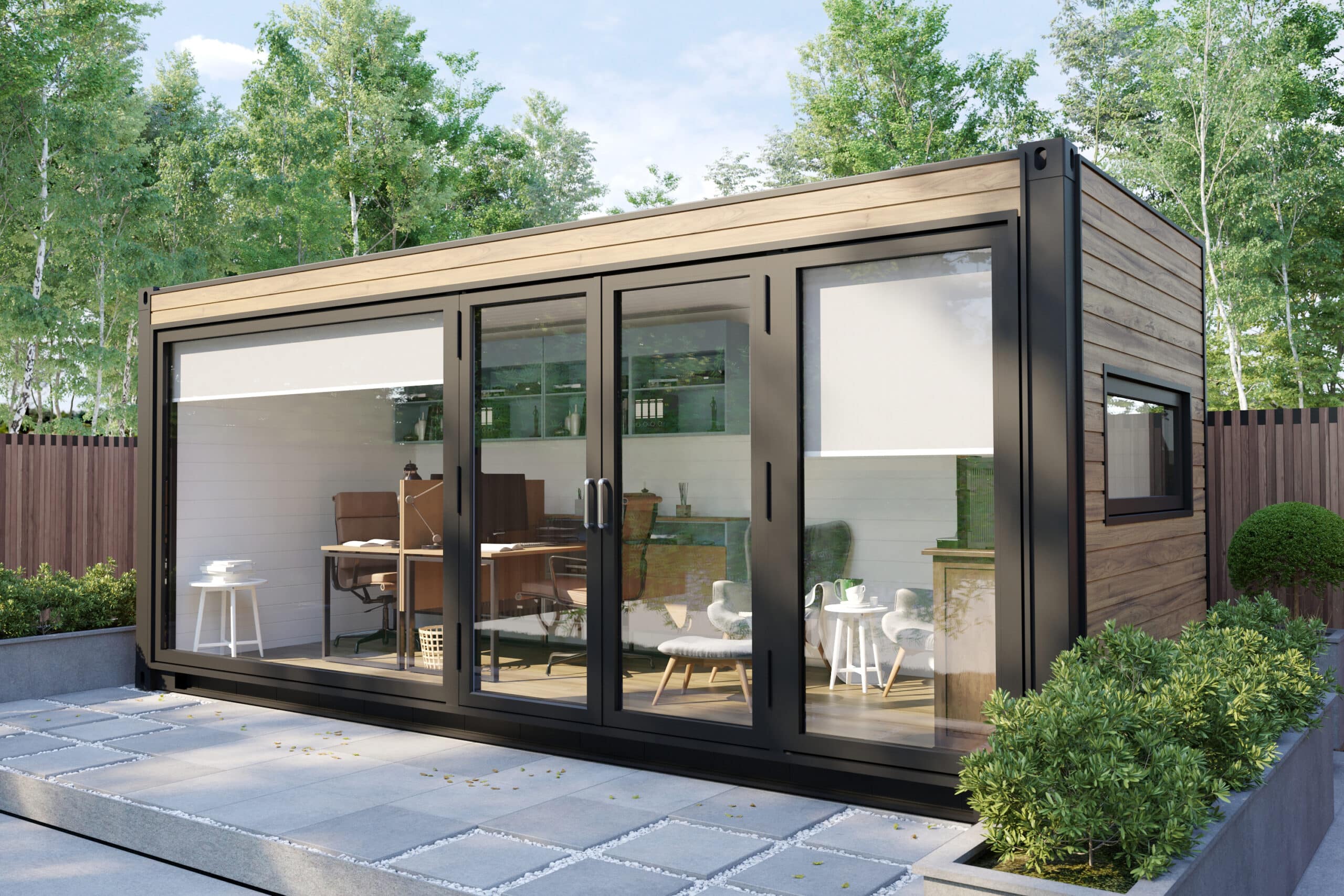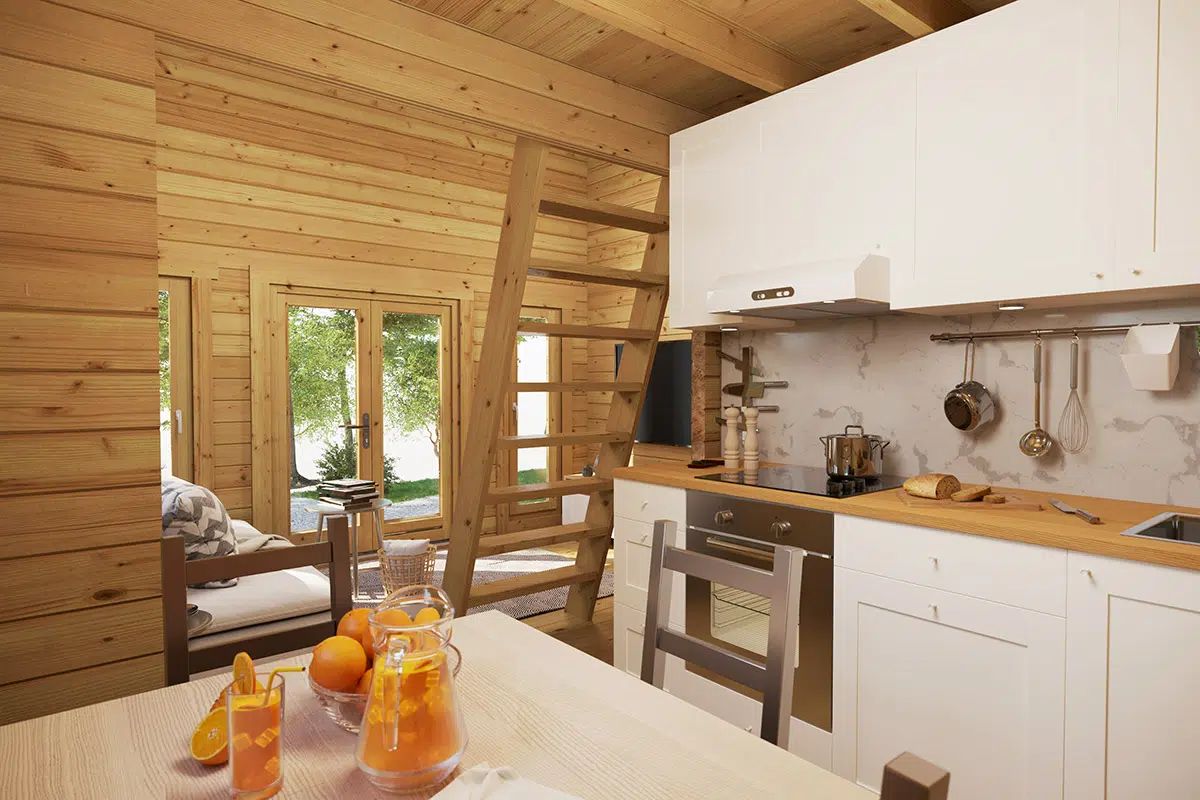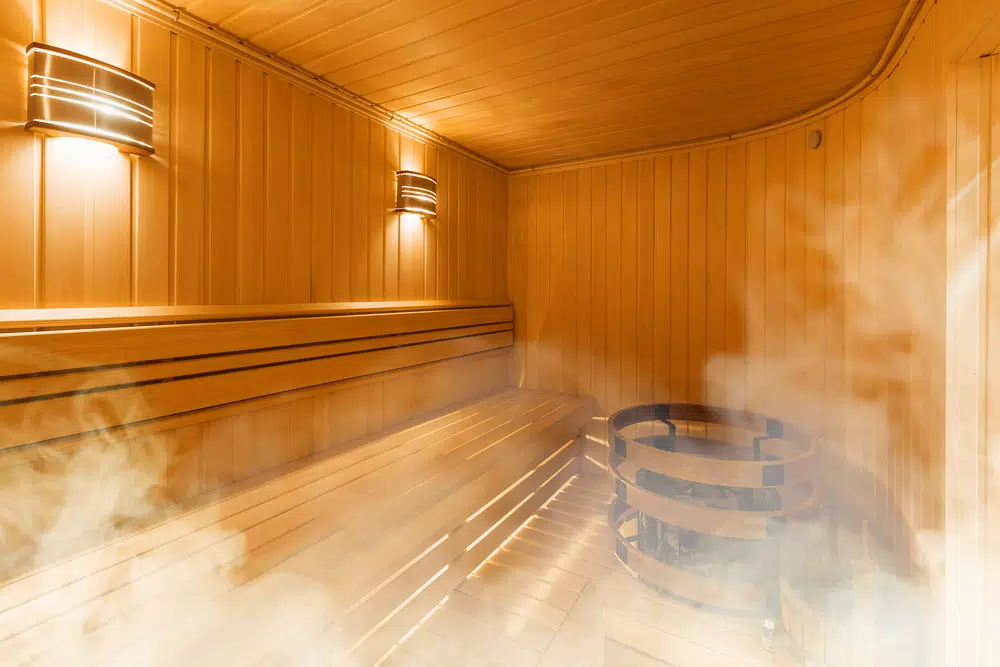Electric or Wood-fired Sauna?
09.05.2024
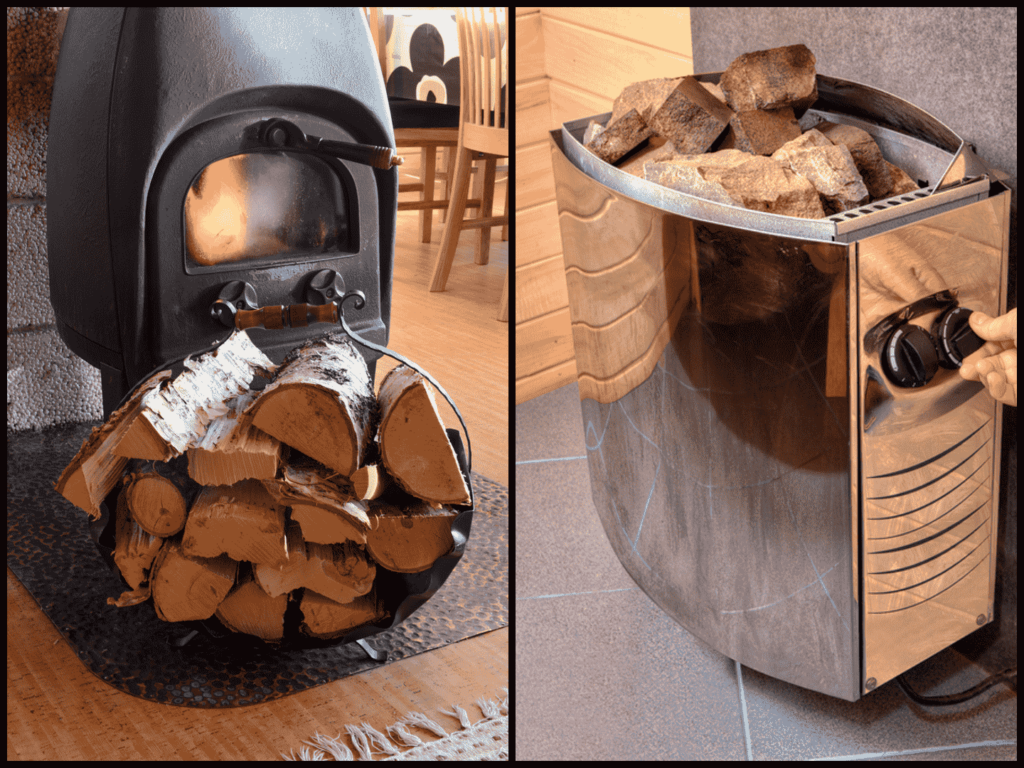
Enjoying an outdoor sauna, particularly when followed by a refreshing cold plunge, is an incredibly invigorating experience. Regular sauna sessions offer a wealth of physical and emotional benefits, making a backyard installation a great investment. Various models are available with different designs, features, and heating systems, but the heating system is arguably the most crucial aspect to consider.
Experts classify heating systems into two main types: traditional and modern. Traditional setups include electric and wood-burning heaters, while modern variants consist of infrared and steam rooms.
This article focuses on the traditional style, comparing heaters powered by electricity with those using wood as fuel. Each of these traditional heating systems has its unique operating mechanism, along with its own set of pros and cons. Understanding the strengths and weaknesses of each option is crucial in selecting the best heating solution for your backyard setup.
Each type of sauna heater has its unique way of operating. It is important to consider each type’s pros and cons before deciding. This will ensure that you select the most suitable backyard sauna heater for your needs.
Wood-fired heater
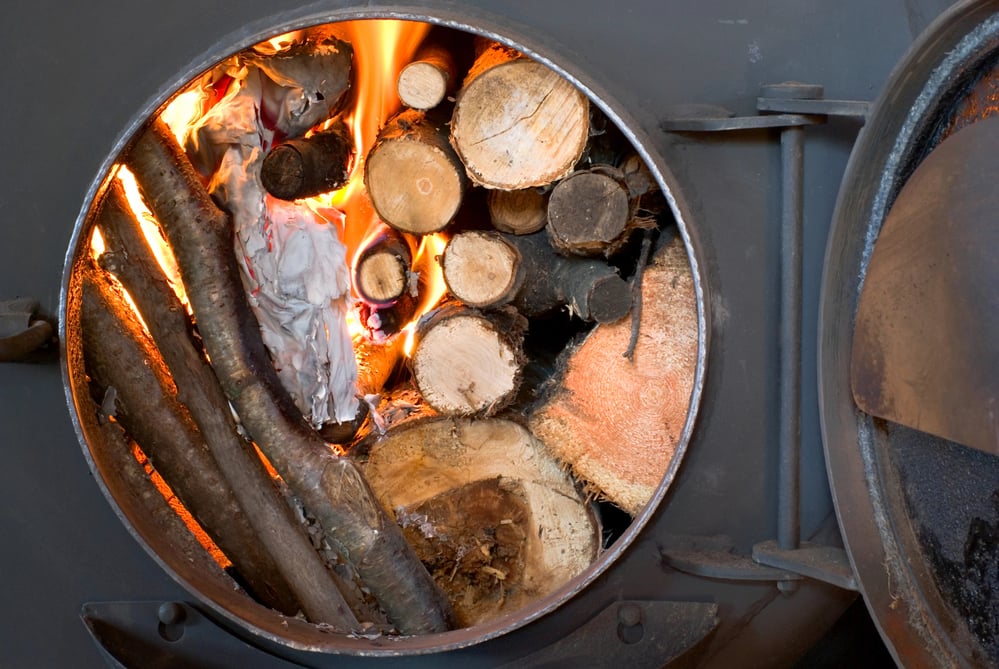
What is wood-fired heating?
Let’s start with the most traditional and well-known type – the wood-burning sauna. The wood-fired outdoor sauna, is a traditional Finnish one that, has a long history. It dates back thousands of years and remains popular today. The main features of a wood-fired sauna are its low humidity levels and the heat generated by fire, which is why it is usually recommended for outdoor installation due to smoke.
To heat this type of sauna, you will have to tend to the fire in a wood stove. This means that there are certain steps that you will need to take to prepare the stove and to maintain the fire.
A way to control the temperature and humidity in a wood-fired sauna is through heated stones. Temperature precision can be a bit difficult when it comes to wood-fired saunas, but you can increase humidity by pouring water on top of heated rocks. To operate a wood-fired sauna regularly, you will need a steady supply of wood, but also plenty of patience, energy, and willingness to become familiar with this type of sauna heater.
How to Use a Wood-fired heater?
Using a wood-burning backyard sauna is a bit more complex than using other types. But you should not be discouraged by this because, overall, using a wood-burning sauna is an easy process once you get the hang of it. Here is how to prepare and use a garden sauna that has a wood-burning sauna stove:
- Step 1 – Make sure that your firebox is always clean because you want to obtain a clean burning. So, before you fire up your stove, pull out and empty the ashtray. This, of course, won’t be a necessary step when you use the wood-fired sauna for the very first time.
- Step 2– you can start loading the firebox with logs – place larger logs at the bottom and smaller logs at the top. Paper, kindling, and small fire starters should be added at the top of the pile as these will slowly light up the bottom logs over time.
- Step 3 – Once the firebox is loaded correctly, light the stove and leave the damper open for up to an hour. Check the wood after 45-60 minutes to see if it has burned and formed coal. Make sure the temperature is between 65-80 degrees Celsius (150-175 degrees Fahrenheit).
- Step 4 – You can add a few more logs, close the damper, and enjoy a nice sauna bath. To increase the humidity, pour some water over the sauna stones. In doing so, you will get to experience a steamy sauna bath.
- Step 5 – Once you finish using the sauna, let the firebox cool down, and once its temperature drops, you can clean it and prepare it for your next garden sauna session.
The Pros and Cons of a Wood-fired Sauna
Pros-
- Wood-fired are good for remote areas with plenty of logs because they don’t need electricity to operate.
- Are a low-cost option if electricity costs more than wood in your area.
- Offer a more traditional, rustic, and authentic experience.
- The whole experience of operating a wood-fired sauna can be a more rewarding and outdoorsy activity for people who enjoy spending time in nature.
Cons-
- A wood-fired requires more upkeep and it the process of operating it can be more complex and more time-consuming.
- Wood-fired saunas are best placed outside, like in a garden or outdoor area. They are not meant to be installed indoors.
- This can take longer to heat up and the temperature is more difficult to control.
- It can be more expensive in areas where logs are expensive and difficult to source.
Electric Heater
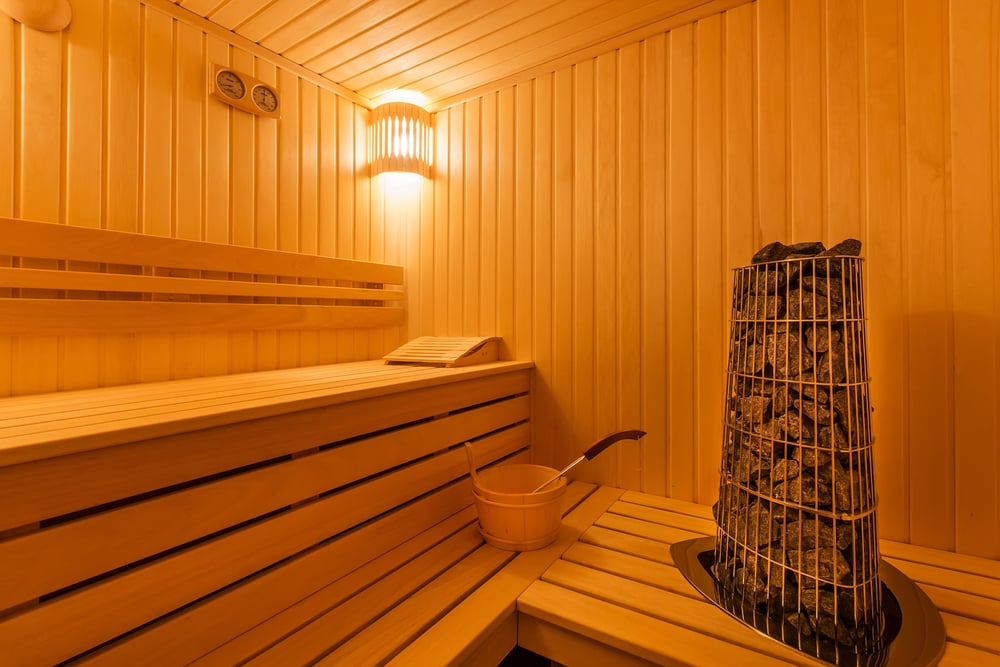
What Is an electric sauna heater and how does it work?
An electric heater is like a wood-burning heater , but it uses a different energy source to heat. The main difference between the two is the type of energy they use.
The electric one relies on electricity, while the wood-burning uses wood as its fuel. these are traditional in style that use stoves and stones, but they only need electricity, which has its benefits. Pouring water over hot stones can raise the low humidity levels they have.
You can install an electric sauna both indoors and outdoors, and it is worth mentioning that if you want to install an electric sauna in your garden, you will need a reliable source of electricity. This can increase the installation costs compared to a wood-burning sauna. In terms of design, indoor and outdoor electric garden saunas come in many different shapes and sizes.
How to Use an Electric Sauna
- Step 1 – Using an electric heater is a very straightforward process and the first step consists of selecting the desired temperature on the heater control panel. You can control your heater from a smart device, so it’s ready when you get home from work.
- Step 2: Turn on the heater. Wait for 30-45 minutes, to reach the right temperature for bathing.
- Step 3 – Enjoy your steam bath and remember to wear light clothes or a towel. Adjust the humidity by pouring water over the hot stones.
- Step 4 – Once you finish bathing, you can turn off the heater.
The Pros and Cons of an Electric Heater
Pros-
- You can install them both indoors and outdoors, making them more versatile.
- There are many options available on the market.
- It heats faster, allows remote control, and makes temperature adjustments easier.
- Operating an electric heaters is easy as it requires little maintenance and preparation.
Cons-
- It requires electricity, so it may not be suitable for remote areas without easy access to power.
- Tend to be smaller than wood-burning.
- It might not be as cosy as wood-burning.
Which is better?
Now that you know a little more about above-mentioned heating styles for steam rooms, you are in a better position to choose. But below are more areas where you can get more clarity to decide if you have not yet.
What type of steam room heater is easier to use and install?
The electric sauna heater is the winner here as it is much easier to use and install, provided you have a reliable source of energy. You can turn it on and off easily by using a switch and you can even control the heating system from a smart device.
An electric one will not require a chimney stack and it will not require as much cleaning and maintenance as a wood-burner. So, if you are looking for an easier solution, an electric sauna might be a better option for you.
What type of sauna is more natural and has an authentic vibe?
The wood-burning sauna excels when it comes to authentic and rustic vibes. The crackle of the fire and the smell of wood are therapeutic experiences in weight loss journey that cannot be recreated by any other type of heating system.
A wood-burning sauna is a more traditional approach, perfect for someone who enjoys the outdoors and who would not mind chopping wood and tending to the fire. As we become more distracted by modern life and technology, a Scandinavian sauna cabin might be a great tool to disconnect and reconnect to our inner selves.
What type of heater is more affordable?
There is no easy answer to this question because the cost can differ based on many factors. An electric heater may be more expensive upfront. However, it is energy-efficient and can help you save money in the long run. Electric heaters will also save you time and effort, and in a way, that can also translate to saving money.
Wood-fired saunas may appear more affordable initially because of the lower cost of the stove. However, the expense of firewood can accumulate and end up being more costly in the long run. Operating costs vary based on local electricity and wood prices. Consider these factors before deciding.
What type of sauna is better in terms of health benefits?
All types of saunas provide health benefits and the differences are quite small. Wood-fired warmers create negative ions that may be good for the body. This is one way they are different from other saunas.
Additionally, the physical effort associated with operating a wood-fired sauna can add to the health benefits of sauna bathing. On the other hand, wood burning causes smoke and fumes that can affect air quality.
In general, the pros and cons balance each other out, so don’t stress about which sauna is healthier. It is always better to choose the one that fits your needs and budget.
FAQs
Is an electric or a wood sauna better?
Electric and wood steam bath have specific advantages and disadvantages. An electric sauna is easier to use, while a wooden burner offers a more traditional Scandinavian experience.
Are wood-burning saunas healthy?
Steam bathing in a wood-burning sauna is a healthy experience for the body and the mind. A wood-burner offers a genuine experience and helps you feel closer to nature and the outdoors. Chopping wood and cleaning the furnace can help you take a break from modern life and improve your well-being. The only downside is that wood-burners can produce smoke and fumes that can pollute the surrounding area.
Are electric saunas good for you?
Electric saunas can help with stress, pain, heart health, blood pressure, skin, and muscle stiffness. They have many health benefits for the body. However, all types of saunas have the same health benefits that are not specific to a certain type of heating system.
Is an infrared better than a wood-fired sauna?
An infrared sauna has certain advantages associated with the fact that it uses infrared to heat the body. Supporters of infrared saunas believe that heat penetrates the body better in infrared saunas than the warm air in traditional steam room.
Infrared heating system lets you sweat a lot at lower temps. Spending more time in them might be easier for users. The infrared is a great option for people who do not enjoy the high temperatures of traditional saunas.
What is the healthiest type of sauna?
All types of saunas have health benefits and using them regularly will have a positive impact on your body and mind. The healthiest type of sauna is the one that you feel most comfortable in.
Do electric saunas use a lot of electricity?
The electricity used by a sauna depends on its size, insulation, heater power, usage time, and temperature. Experts say that using a traditional electric heater for one session is like using a big appliance like a dryer. Another estimation indicates that the total cost of an electric sauna session can be between GBP 5 and 7.
In Conclusion
Wood-fired and electric saunas each have pros and cons. Consider your needs and preferences before choosing one. If you prefer the authentic, natural feel of the wood-fired sauna and do not mind the extra work, do not hesitate to choose this type.
If, on the other hand, you prefer a sauna that is easy to operate and fast to heat, the electric type is a better option. If you have questions about outdoor saunas, do not hesitate to contact our experts.
Categories:
GuidesWant to discuss over phone. Let us call back to you
If you need any additional info regarding any product, please fill in the below form and we will get back to you, usually the same or next working day.
Have any questions regarding some product?
If you need any additional info regarding any product, please send us your questions.
